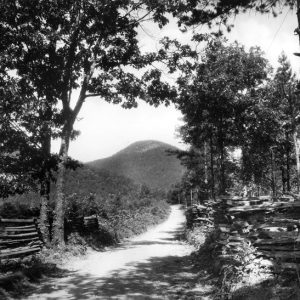 Eagle Mountain
Eagle Mountain
Entry Category: Geography
 Eagle Mountain
Eagle Mountain
Earthquakes
Eleven Point River
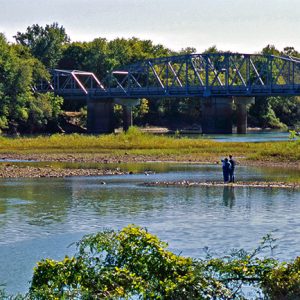 Eleven Point River
Eleven Point River
 Faulkner County Map
Faulkner County Map
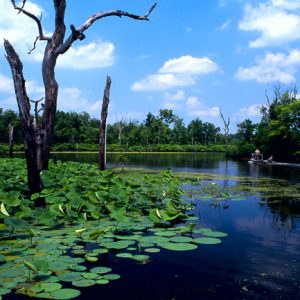 Felsenthal National Wildlife Refuge
Felsenthal National Wildlife Refuge
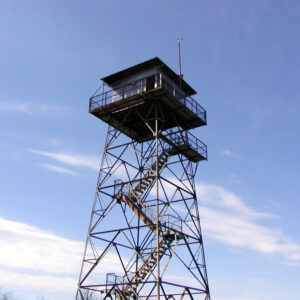 Fire Tower
Fire Tower
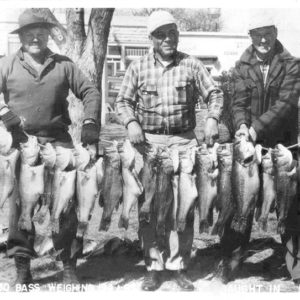 Fishermen
Fishermen
Floods
Fourche Creek
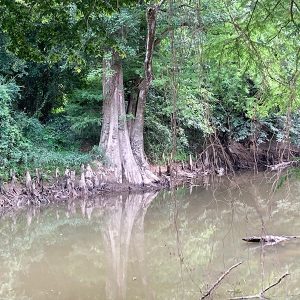 Fourche Creek
Fourche Creek
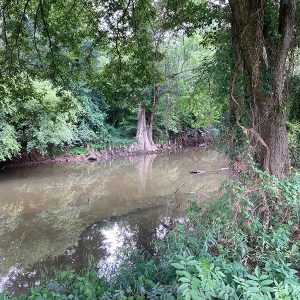 Fourche Creek
Fourche Creek
 Fourche Creek
Fourche Creek
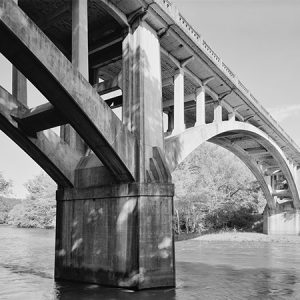 Fourche La Fave Bridge
Fourche La Fave Bridge
Fourche La Fave River
Fourche River
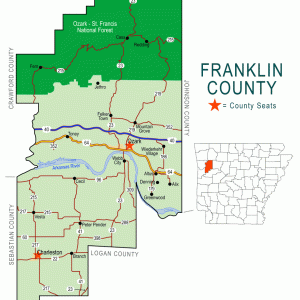 Franklin County Map
Franklin County Map
 Fulton County Map
Fulton County Map
Galley Rock
aka: Galla Rock (Pope County)
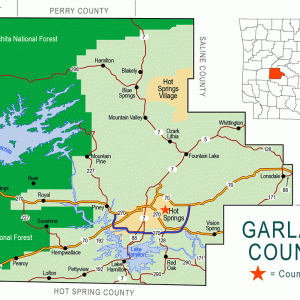 Garland County Map
Garland County Map
Geographical Center of Arkansas Marker
Geography and Geology
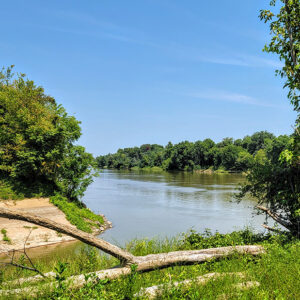 Georgetown River Access
Georgetown River Access
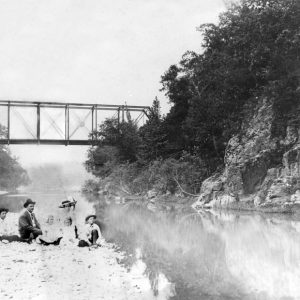 Glenwood Railroad Bridge
Glenwood Railroad Bridge
Gold Mine Springs Mines
 Gold Mine Springs Mines
Gold Mine Springs Mines
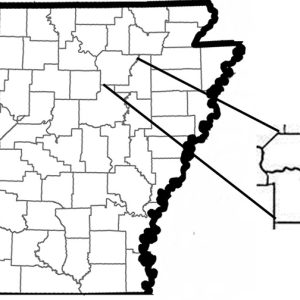 Gold Mine Springs Mines Location
Gold Mine Springs Mines Location
Grand Prairie
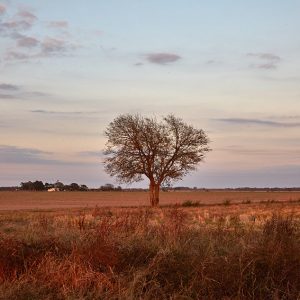 Grand Prairie
Grand Prairie
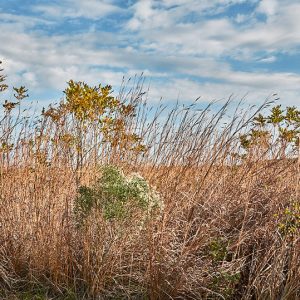 Grand Prairie Grassland
Grand Prairie Grassland
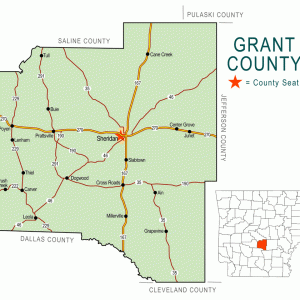 Grant County Map
Grant County Map
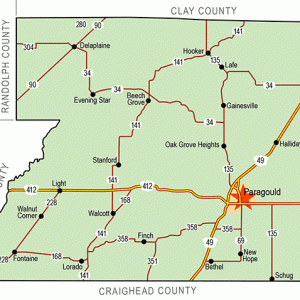 Greene County Map
Greene County Map
Hell’s Half Acre
 Hemmed-in-Hollow
Hemmed-in-Hollow
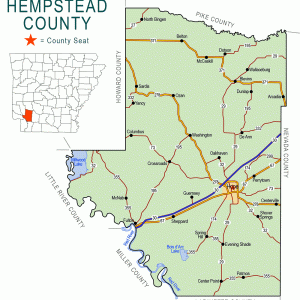 Hempstead County Map
Hempstead County Map
 Hispanic Population Change 2020
Hispanic Population Change 2020
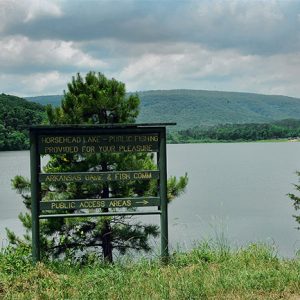 Horsehead Lake
Horsehead Lake
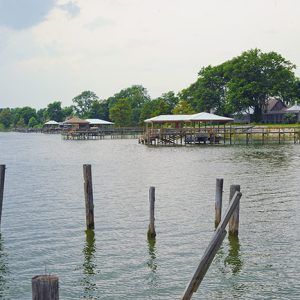 Horseshoe Lake
Horseshoe Lake
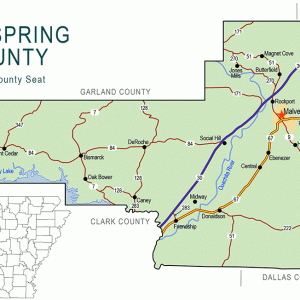 Hot Spring County Map
Hot Spring County Map
 Hot Springs National Park
Hot Springs National Park
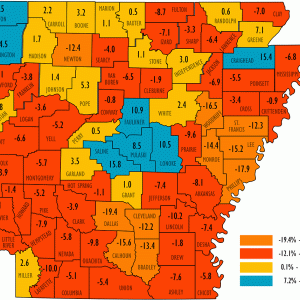 Housing Units Change 2020
Housing Units Change 2020
 Howard County Map
Howard County Map
Hurricane Lake
 Hurricane River Cave
Hurricane River Cave
Illinois River
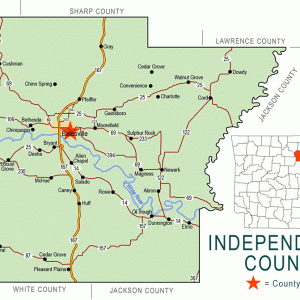 Independence County Map
Independence County Map
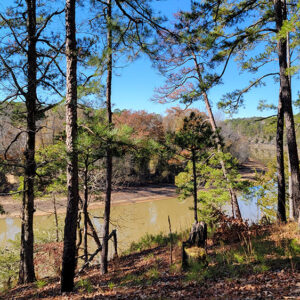 Irons Fork Recreation Area
Irons Fork Recreation Area
Island 37
aka: Andy Crum (Lynching of)
aka: Bert Springs (Lynching of)
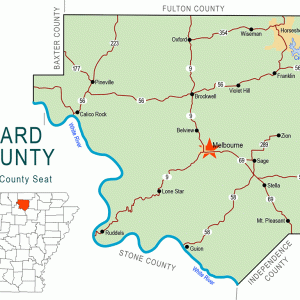 Izard County Map
Izard County Map
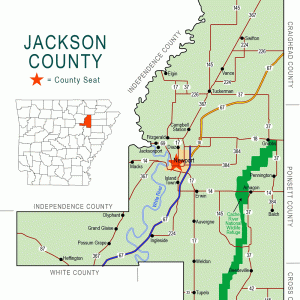 Jackson County Map
Jackson County Map




